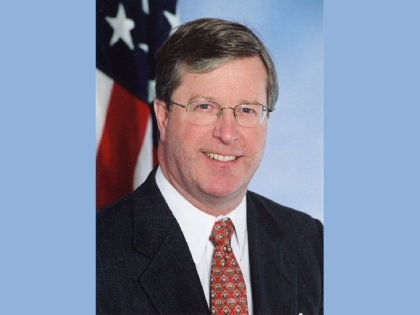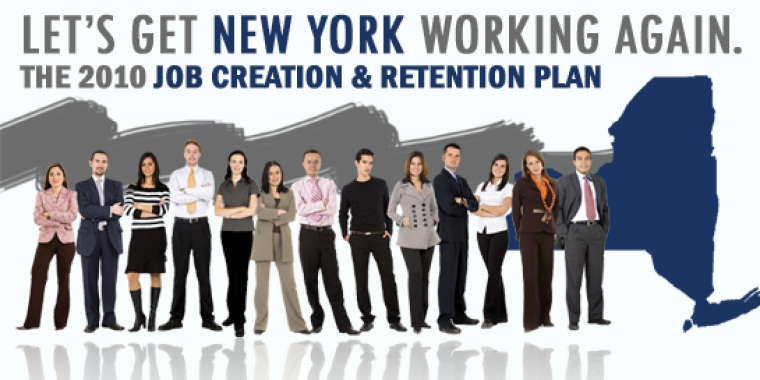
State Budget To Include New Income Tax Credit For Emergency Services

Albany, N.Y.-- State Senator George H. Winner, Jr. (R-C, Elmira) today said that the 2006-07 state budget will include a new state income tax credit as an incentive to help localities recruit and retain volunteer firefighters and emergency medical technicians (EMTs).
"This year’s budget will include the beginning of what must be an ongoing, evolving effort by the Legislature to help localities address the volunteer emergency services crisis," said Winner. "This loss of volunteers looms as the next explosive local property tax crisis. It would cost billions of dollars for local property taxpayers to pay for the critical services currently provided by our volunteer firefighters and EMTs."
The Legislature’s agreed-upon state budget will include a plan, first proposed by Winner and his Senate colleagues, to offer a $200 state income tax credit for emergency services volunteers. The new income tax credit will be provided to volunteer firefighters who don’t receive real property tax exemptions offered in some localities and provide $25 million in annual tax savings.
Winner has identified the need to help recruit and retain volunteer firefighters as a top priority. He currently sponsors legislation known as the "Emergency Services Volunteer Incentive Act" that, in addition to a personal income tax credit, seeks a number of other incentives including allowing volunteers to participate in certain local public employee health insurance plans. Winner said that additional incentives will be needed to help localities fend off the potentially enormous future local property tax increases that would result from having to resort to paid emergency services.
"We absolutely need to do more to recognize and reward the contributions of emergency services volunteers," Winner said. "Incentives will be a key part of any ongoing strategy to address the challenge."
According to the Firemen’s Association of the State of New York, the number of volunteer firefighters statewide has declined from 140,000 in the early 1990s to fewer than 90,000 today. Volunteer emergency medical technicians (EMTs) experienced a decline from more than 50,000 to 35,000 during the same period, with some rural counties experiencing as much as a 50-percent depletion of their EMT ranks. The Firemen’s Association, which declared 2005 its "Year of Recruitment and Retention" in an effort to increase public awareness of the need for volunteers, estimates that it would cost local taxpayers more than $3 billion annually to replace volunteers with paid fire and ambulance services.
A report issued last December by the New York State Association of Towns highlighted the volunteer crisis in the hopes of sparking interest within the state Legislature for a variety of potential solutions, including some of those included in Winner’s legislation. In the report G. Jeffrey Haber, executive director of the Association of Towns, said that the "Association is deeply concerned that the continued decline in the number of volunteers in the fire and ambulance services throughout the state can only result in disaster for the residents of New York State. If the property tax system were forced to finance paid services in what are now volunteer systems, the impact would have grave consequences to the health and economic well-being of not just the towns, but the state as a whole."



